If you don't have access to large bodies of water like rivers and lakes, you may still be able to enjoy a fun angling experience in a small, often overlooked stream or creek.
Steps:
1. Locate a small stream or creek suitable for fishing. You will need to address several considerations in making your choice. Here are a few:
Steps:
1. Locate a small stream or creek suitable for fishing. You will need to address several considerations in making your choice. Here are a few:
- Is the stream on public property, or do you have permission to fish there?
- How clean is the water? Streams in agricultural or industrial areas may have pollution levels that make the fish unhealthy, or, in extreme cases, poisonous. Ideally, choose streams above the elevation of nearby industry.
- Does the stream have good water flow year round? Some streams only maintain a flow during snowmelt season, or when sufficient rainfall occurs to support them.
- The species of fish you are intending to fish for. Keep in mind, small streams generally don't support large sized specimens of the fish that live in them, due to the limits imposed on this particular environment.
2. Gather up the things you will need for your trip. Generally, the basic items you have to have are a hook and line, and bait. For practical purposes, though, you may want to look at some refined fishing tackle for small stream fishing. These are some things to consider:
- Use light or ultralight fishing tackle. Small streams are often crystal clear, and you will need a very light monofilament line to keep the fish from being spooked.
- Bait or artificial lures appropriate for the fish you are fishing for.
- Use long shank wire hooks in the smallest size suitable. You will get hung up on snags, and long shank wire hooks will bend, rather than breaking, so they will pull free of the snag. This will save time replacing lost hooks. Another benefit is the ease of getting a long shank hook out of a small fish's mouth.
- Appropriate accessories may include insect repellent, a creel or bucket for the catch, and in some cases, waders to keep your feet dry.
3. Choose your bait. Creek fish are usually truly wild fish, or natives, and will often prefer native food for bait. Worms, grubs, insect larvae, and small insects like crickets and grasshoppers are good choices. Small jigs and spinner baits may be easier to use if the species of fish you are angling for will bite them.
4. Dig or catch your bait, if applicable. Digging worms requires a suitable location, like a compost heap or other place with good moisture and rich soil. Catching crickets or grasshoppers will test your reflexes, speed, and eye-hand coordination, but either method will add to the self-sufficient experience if that is what you are looking for.
5. Load the equipment, and take to the road. Unless you are fortunate enough to have a creek nearby, you will need to load the car or truck and drive to the creek. Finding a remote area like a state or national forest can offer an experience both of good fishing and pleasant scenery.
6. Get away from the beaten path. Even small streams may experience significant fishing pressure, so heading away from civilization can increase your chances of having a good trip, both in the amount of your catch, and the enjoyment of untrashed forest or wood.
7. Don't judge a pool or stream by its surface. Fish any pool or eddy that has enough water to support fish. Often, a good fish can lay in the current motionless and invisible until your bait or lure gets close enough for him to attack. Fishing stump holes, bank undercuts, eddy pools, and other places that provide enough water to support fish will give you a better chance of success.
8. Match your technique to the conditions. Small streams in heavy woods will often have brush-cover banks and lots of blown over or washed in trees over the stream bed itself. You may find the only approach to a potential fishing hole is to wade the stream and stand in the current while fishing your chosen spot. Underhanded casting, if using a spinning reel, or flipping, if using a cane pole, can get your bait underneath any but the lowest branches and obstructions.
9. Fish each hole at different depths. Fish will suspend at a depth where the water conditions are most favorable, and feed in the depth where the natural food is present. Sometimes, this is on or near the surface, sometimes, it is flat on the bottom, so don't exclude any zone from your bait offering.
10. Use the stream's current to present your bait. If you fish with a spinning or bait casting rig, you can approach a pool from the downstream end, cast to the upper end, and allow the bait to drift through the water. This will offer the fish the most natural presentation of the bait, since insects and worms that fall or are washed into the stream follow a similar path.
11. Change your bait if you are having little or no success. When using different artificial lures, try different colors, types, and sizes to try to establish the fish's preference. For live bait, you may try worms, insects, or insect larvae, even insects you may find on the creek's bank. There may also be helgrammites and crayfish in the steam which you can catch to fish with.
12. Use a float or bobber if the current and space permits. This makes it much easier for a less experienced fisherman to tell if a fish is biting, and also keeps the bait at a desired depth. Use the smallest float that will keep the bait off the bottom. This makes the setup more sensitive, since the float requires less force to be pulled under when the fish bites. Using a smaller sinker and hook will enable to use the smallest float possible.
13. Unhook your catch and string them on a stringer, put them in your creel, or simply drop them in a clean bucket with some fresh water dipped from the stream in it to keep your catch alive for as long as possible.
14. Load your catch and your gear up when you are finished fishing. Don't leave anything but your foot prints when you go, so the next visitor to the spot you have enjoyed will find it clean.
15. Clean your catch. This may be an incredibly painstaking process for very small creek fish, but scale, gut and remove the heads in preparation for cooking. Keep the waste parts so they can be buried or disposed of to prevent an odor problem later.
16. Cook your catch. Small fish can be difficult to eat because of the many tiny bones, but fresh caught fish from a clear spring-fed stream are great, fried up crisp and golden brown (so that the bones are crispy like crackers).
17. Add some hush puppies, coleslaw, and baked beans, and you have a delicious meal to end the day.
Tips:
- Keeping the fish alive for as long as possible ensures they will be fresh when eaten.
- Check for additional regulations such as catch and release only and artificial bait only, which are fairly common in some areas.
- Match the size of your bait and tackle to the size of the fish you expect to catch.
- Catch and release is an excellent way to enjoy fishing while maintaining the natural balance of the stream.
- Check the water conditions prior to setting out on your trip. Muddy water, particularly after a rain, can be stained, and make fishing more difficult.
- Learn what specific fish species inhabit streams in your area, and find out what bag limits, size limits, and restrictions apply to these.
- Look at maps, particularly topographic maps, to locate streams and creeks and suitable access points along them in your area.
- Remove overhead branches or other obstructions from your fishing hole only if you have permission from the landowner or jurisdictional authorities.
- Stand as far as possible up stream from the eddy you are casting into so you don't scare fish.
Warnings:
- Let someone know where you are going, and when you will return.
- In bear country, avoid cleaning fish until you are home or in a safe area. If camping, bury entrails far from camp.
- Be aware of the possibility of flooding if there are rainstorms in your area. Some streams can rise rapidly, even if the rain is not at your location, since rainfall occurring upstream will eventually flow down to you.
- Watch for deep pools, especially if wading with hip or chest waders.
- Some streams and creeks may contain dangerous wildlife, such as alligators and venomous snakes.
- Make sure you have appropriate licenses before going fishing. Some management areas or parks require special permits for recreational activities within their boundaries.
- Be careful walking or climbing on wet surfaces, as these can be very slippery.
- Keep in mind that going to the local store to buy your fish will likely cost you less money even in the short run.

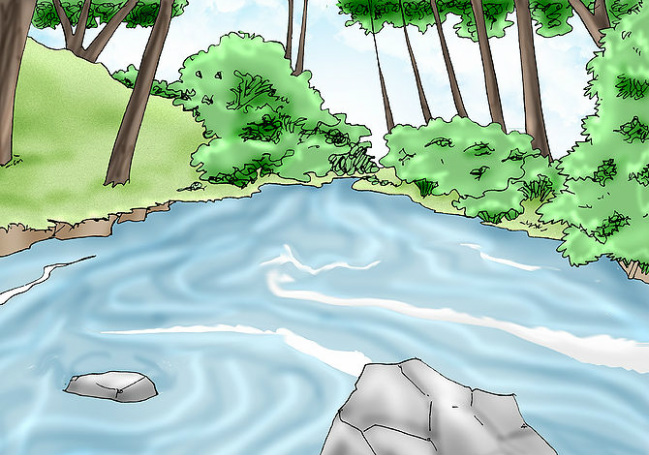
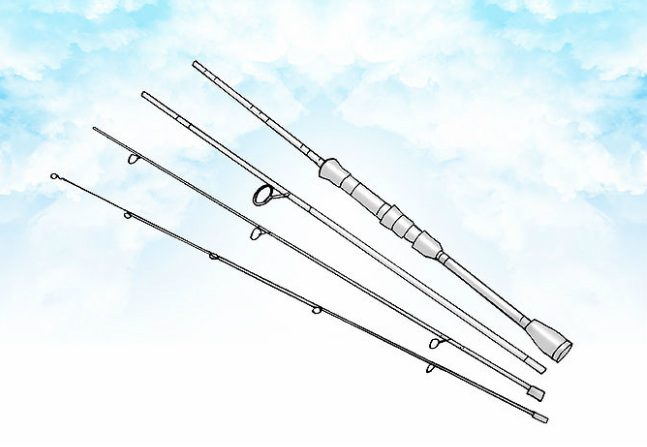
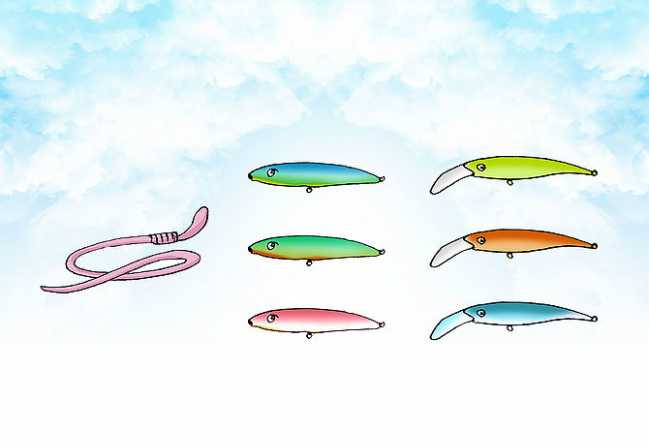
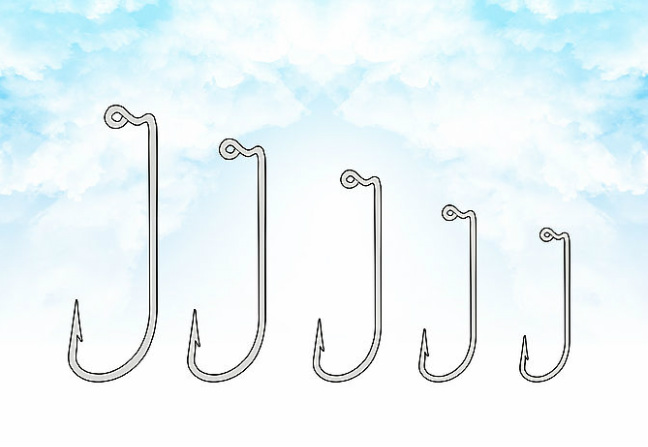
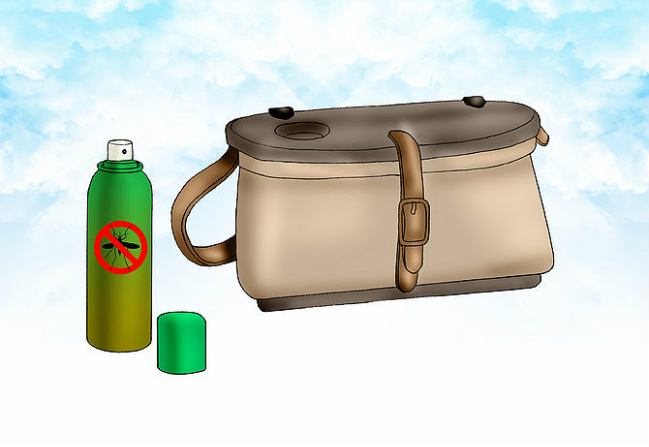
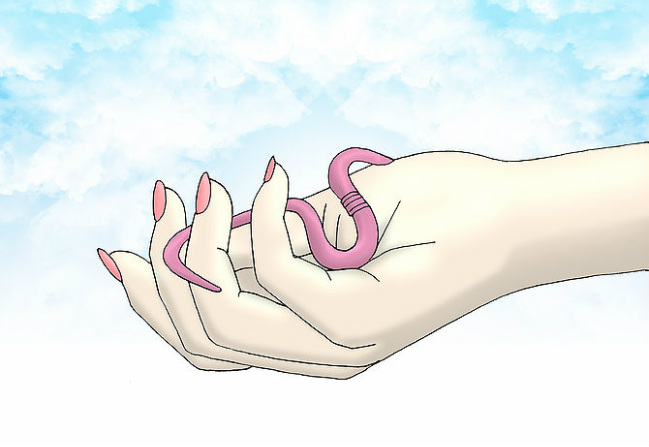
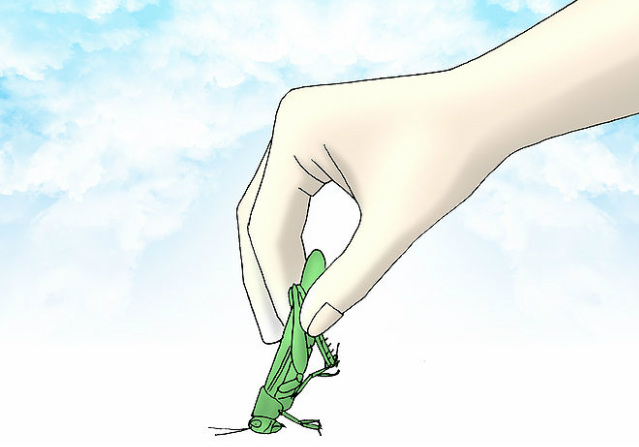
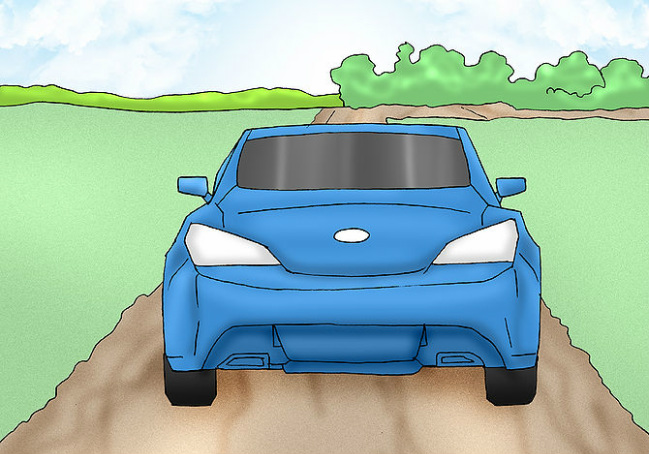
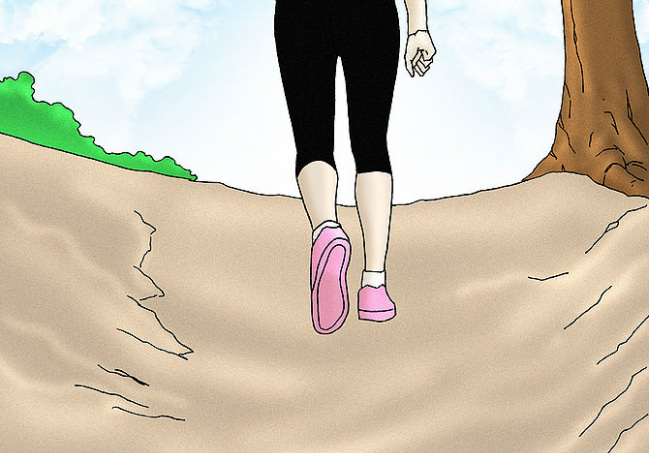
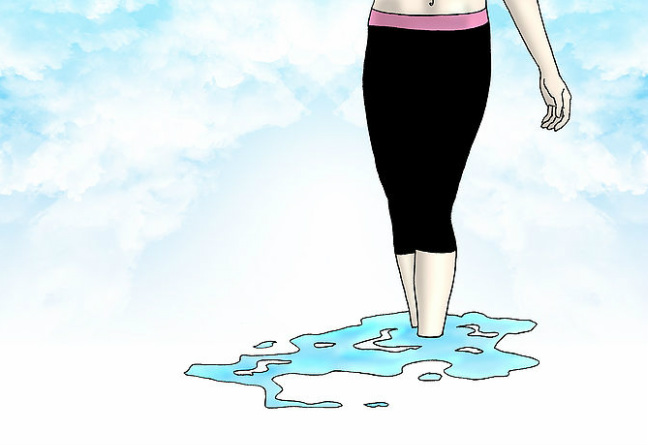
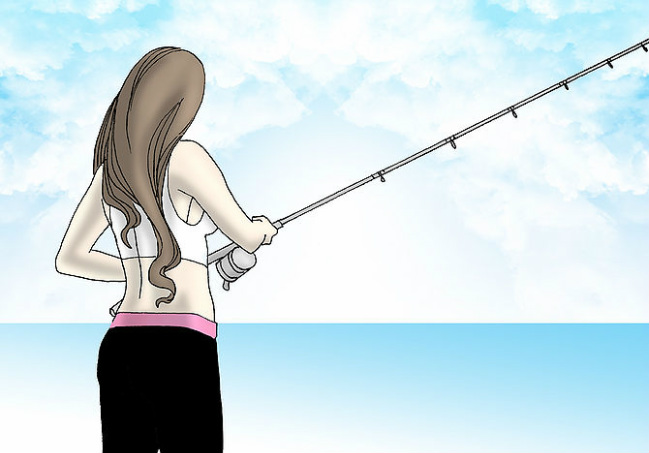
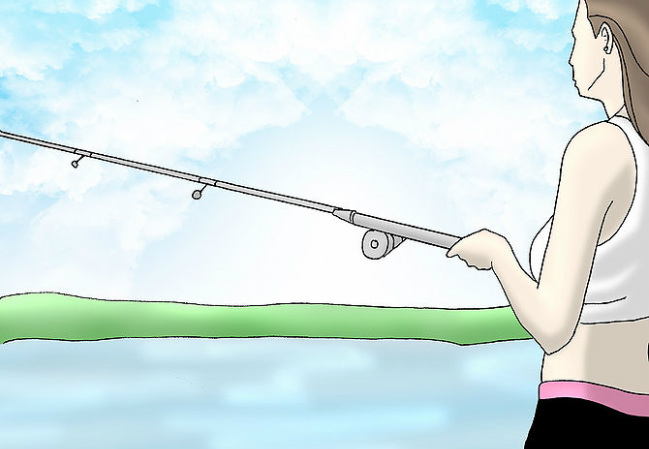

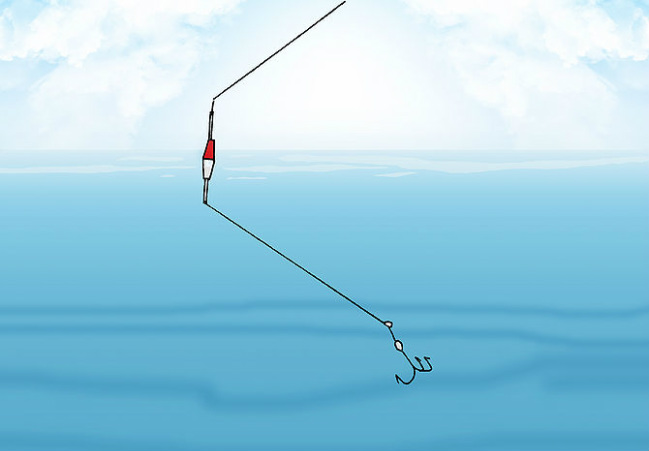

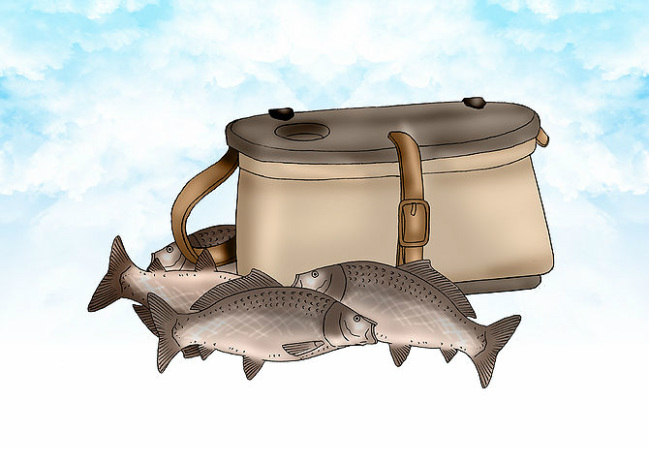
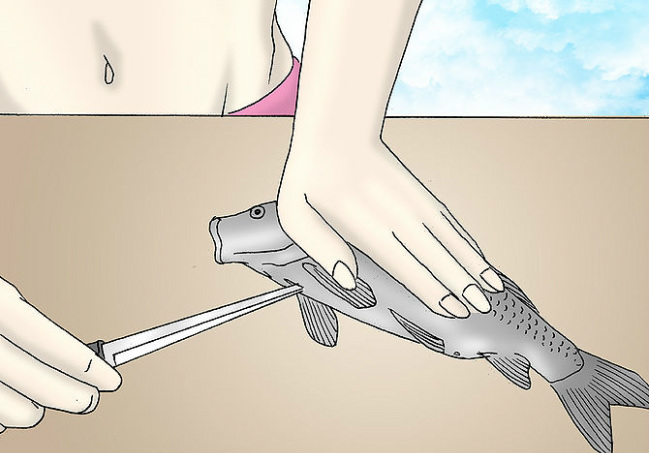
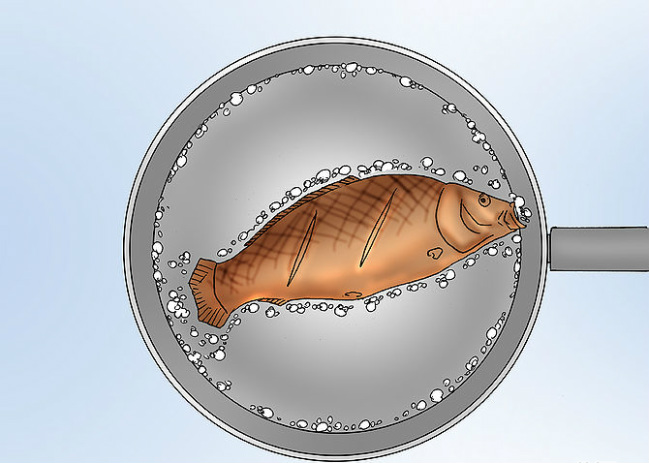

 RSS Feed
RSS Feed
